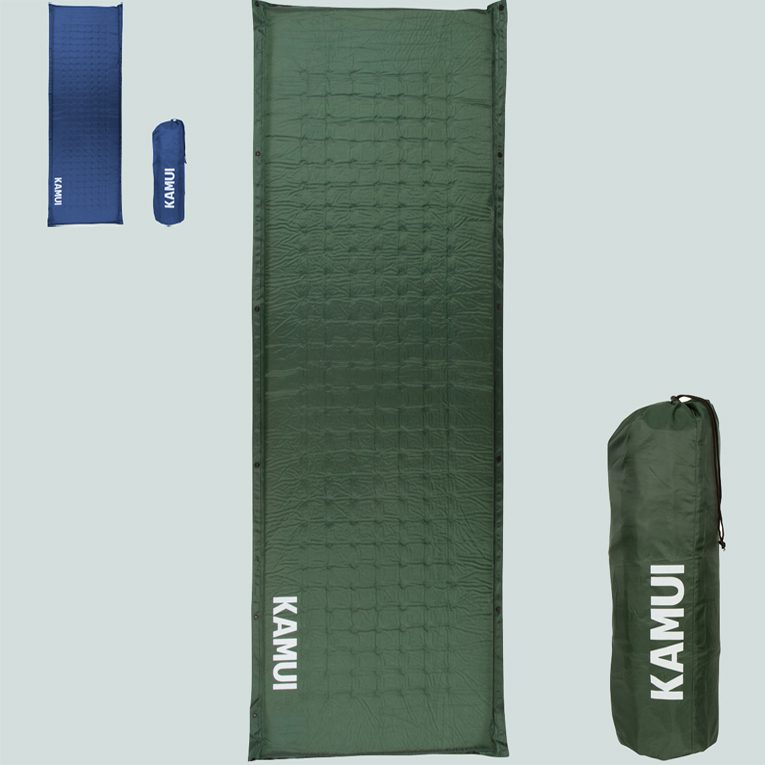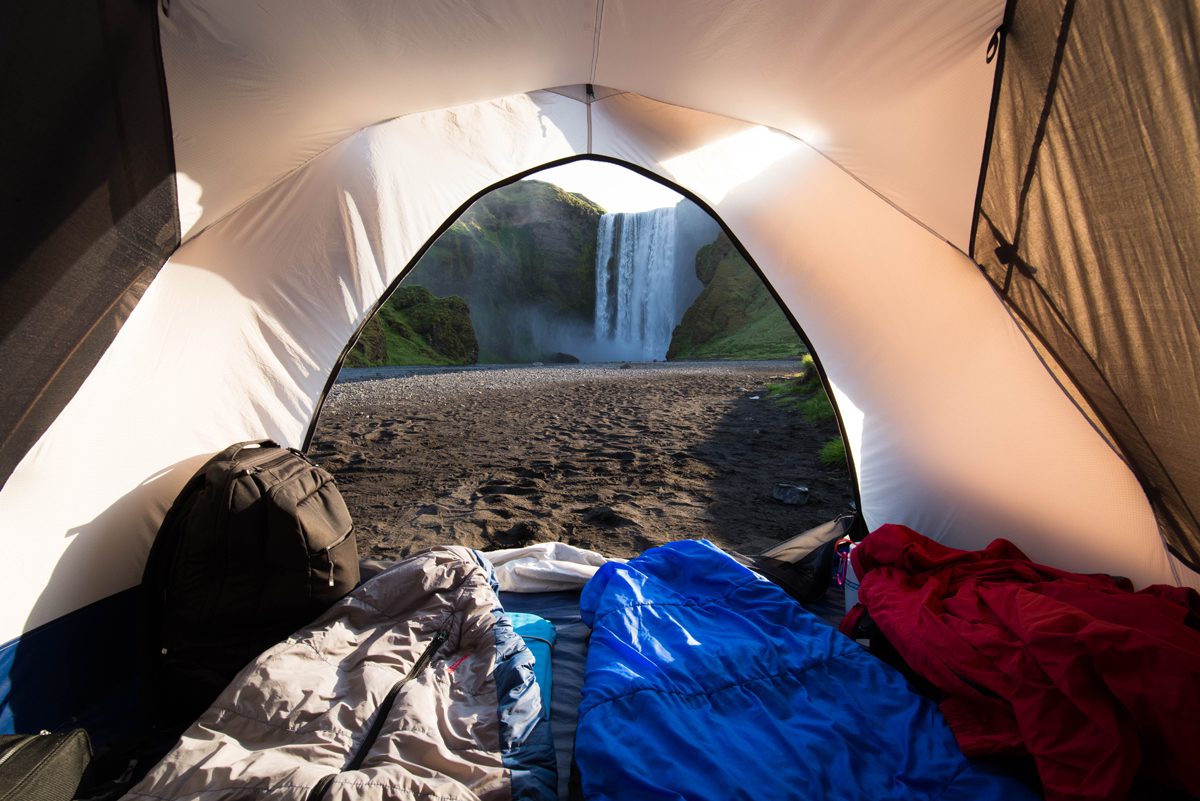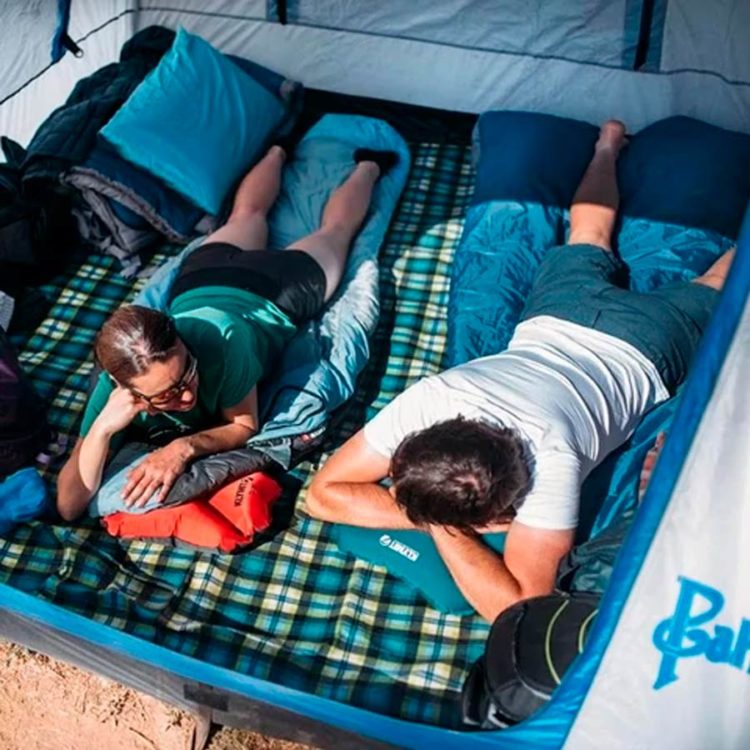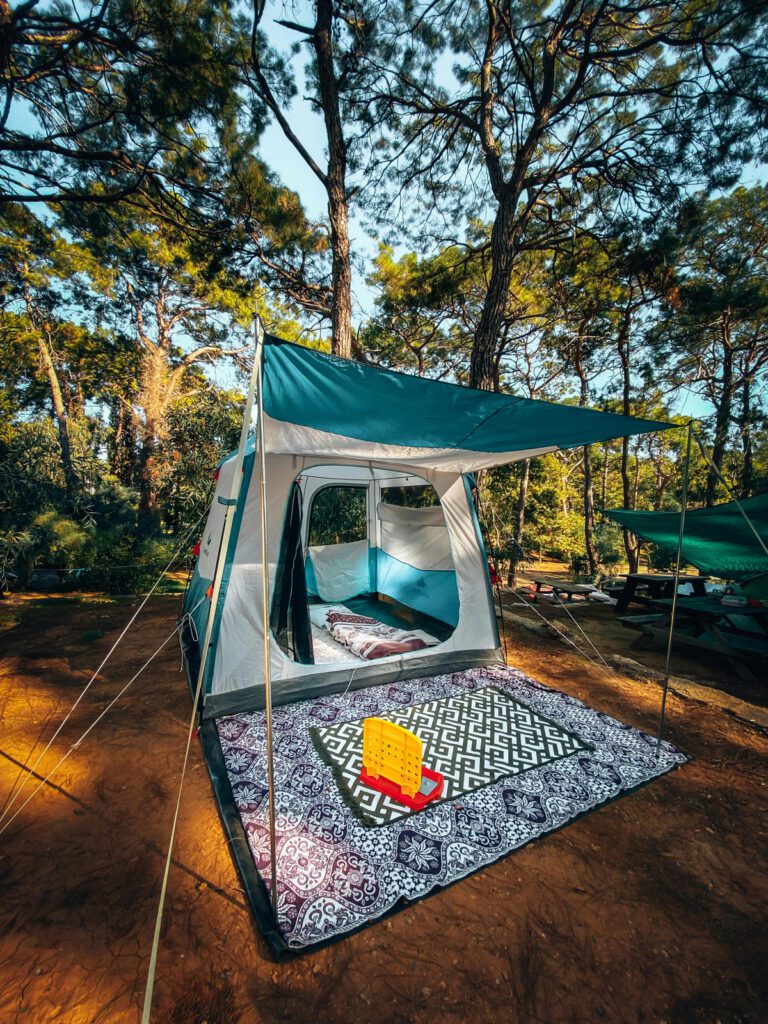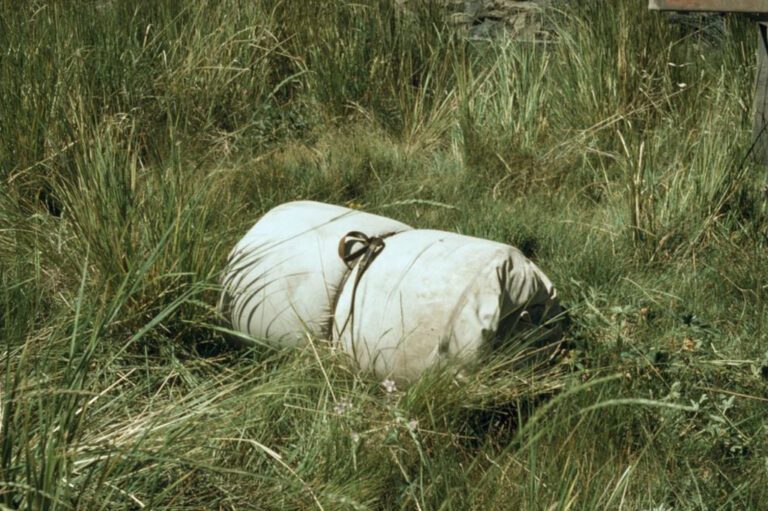Phone
+1-650-666-095
Contact E-mail
[email protected]
Address
16192 Coastal Hwy, Lewes, DE 19958-3608
How To Find The Best Winter Sleeping Pad: A Buying Guide
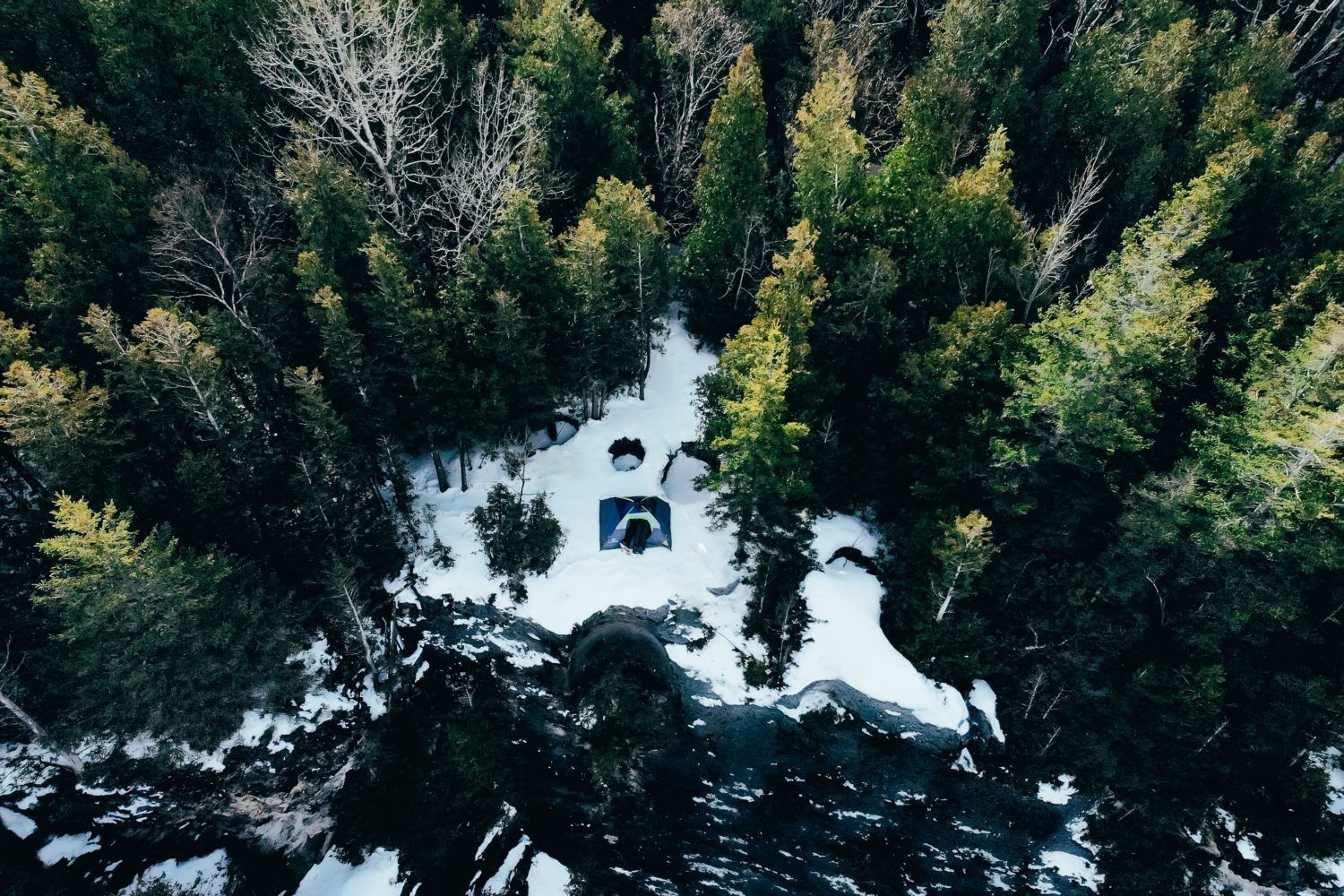

Are you planning on camping in the cold weather? Do you want to buy a sleeping pad for winter camping but are unsure which one to choose? Read on to learn essential tips you need to know before deciding which type of winter sleeping pad you should go for.


Winter Sleeping Pad: How to Choose
Let’s discuss a few important factors when choosing the best sleeping pad for winter use: type, R-value, weight, size, packability, comfort, extra features, and camping style.
Types of Sleeping Pads
Air Pads
Air pads or mats are usually very lightweight and compact sleeping pads because they use only air without foam inside. Today, many air pads contain insulation and reflective materials that increase body heat. Some air pads are also made with a high R-value, perfect for winter camping.
Pros:
- Lightweight
- Compact
- Packable
Cons:
- Price
- Less durable
- Lose heat faster
- Noisy when moving around
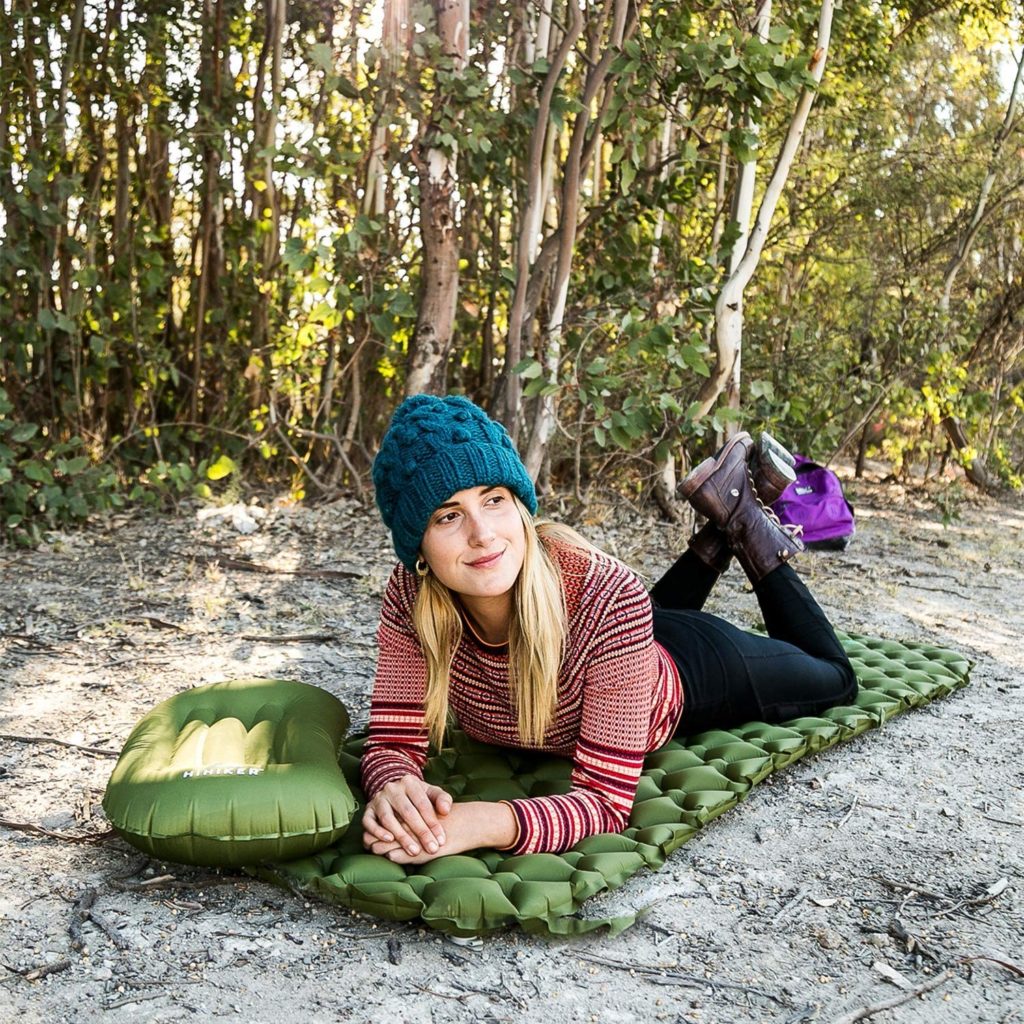

Inflating and Self-Inflating Sleeping Pads
These sleeping pads combine open-cell foam insulation with air inside. This combination prevents heat loss and allows longer insulation periods. Inflating and self-inflating pads are heavier than air pads but provide more insulation and warmth for winter camping. Inflating pads must be inflated by mouth or air pump, while self-inflating pads do all the work.
Pros:
- Insulation
- Comfort
- Durability
Cons:
- On the heavy side
- A bit bulky
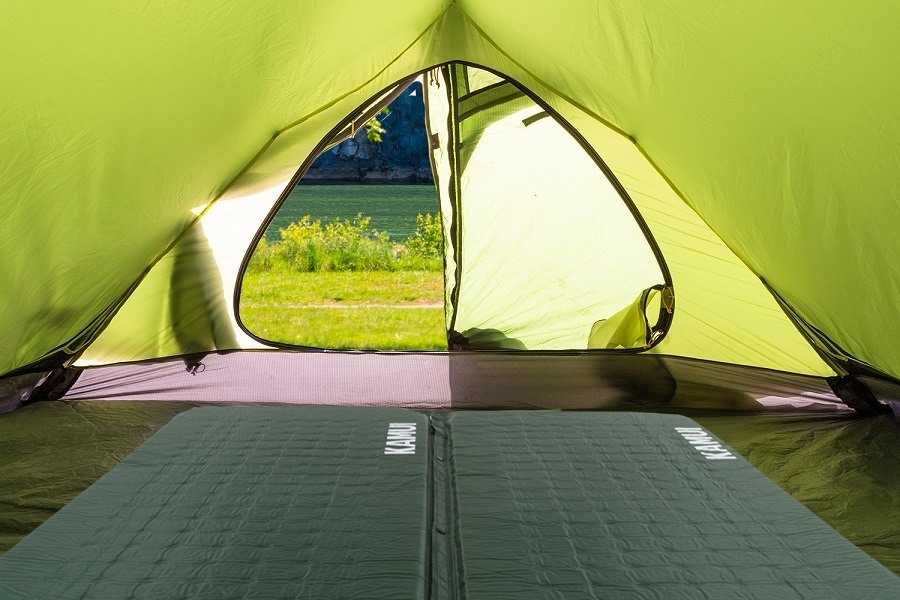

Foam Pads
Foam pads are made from closed-cell foam materials. They are the lightest pads but are less comfortable and warm. However, they are very light to carry and durable. During cold weather, foam pads are sometimes used as padding under a sleeping pad to increase pad r value.
Pros:
- Lightweight
- Lower price
- Durable
Cons:
- Less warm
- Less comfortable
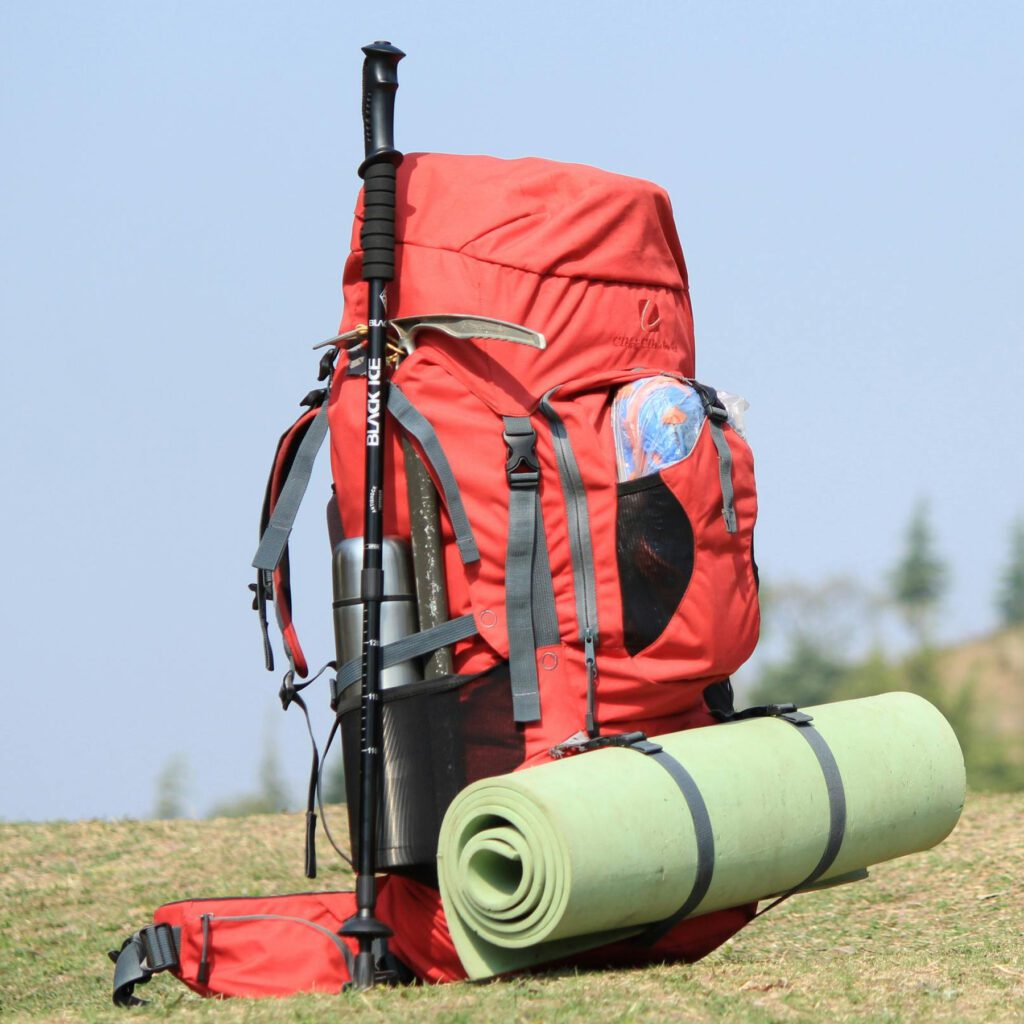

Size
Sleeping pads come in different sizes. You should select the dimensions of your sleep system according to your height and size.
If you carry your sleeping pad in your backpack, you don’t want to carry extra weight. However, if you want more comfort, choose a wider option and be ready to carry additional weight. The most important thing with winter camping is that your sleeping mat is not too small for your needs.
R-Value
When camping at night, our bodies lose heat to the cold ground beneath us. We use sleeping pads with a high R-value to prevent this from happening.
For winter camping temperatures below 50°F or 10°C, you will need specialized sleeping pads. One needs a sleeping pad with an R-value of 5 and above.
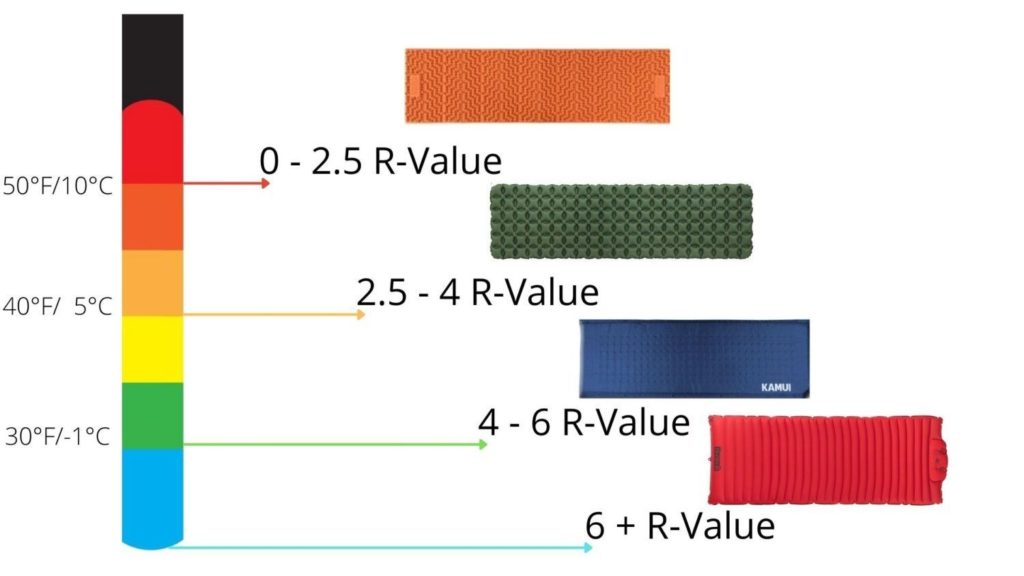

Weight
Another thing you should consider is the sleeping pad’s weight. This depends on the sleeping pad’s type, material, thickness, and size. This aspect is unimportant if you are car camping, but if you use it as a backpacking pad and hike for miles, you should look for a lighter option. The best backpacking sleeping pad should not weigh you down while exploring nature in winter.
Packability
A sleeping pad’s packability depends on its type, size, material, and thickness. A self-inflating sleeping mat that deflates easily when you decide to leave camp also saves you precious time. The lighter and smaller your pad is, the more compact it is when packed for winter backpacking or camping.
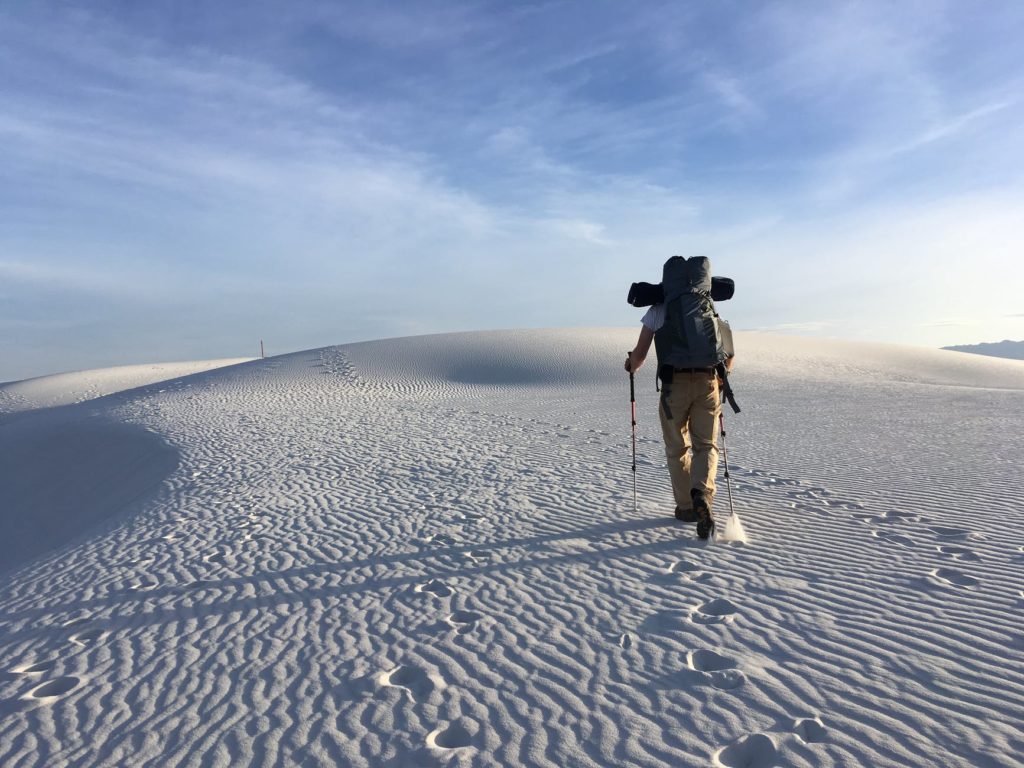

Comfort
The rule of thumb is that thicker pads are more comfortable. Fewer inches of thickness save you a little bit of weight but are also less comfortable.
Knowing your preferences is the best way to choose a sleeping pad. You can pick a pad that allows you to sleep on the side, a pad with a stiffer surface, or a puffy air mat. The best way to make sure is to try the sleeping pad out.
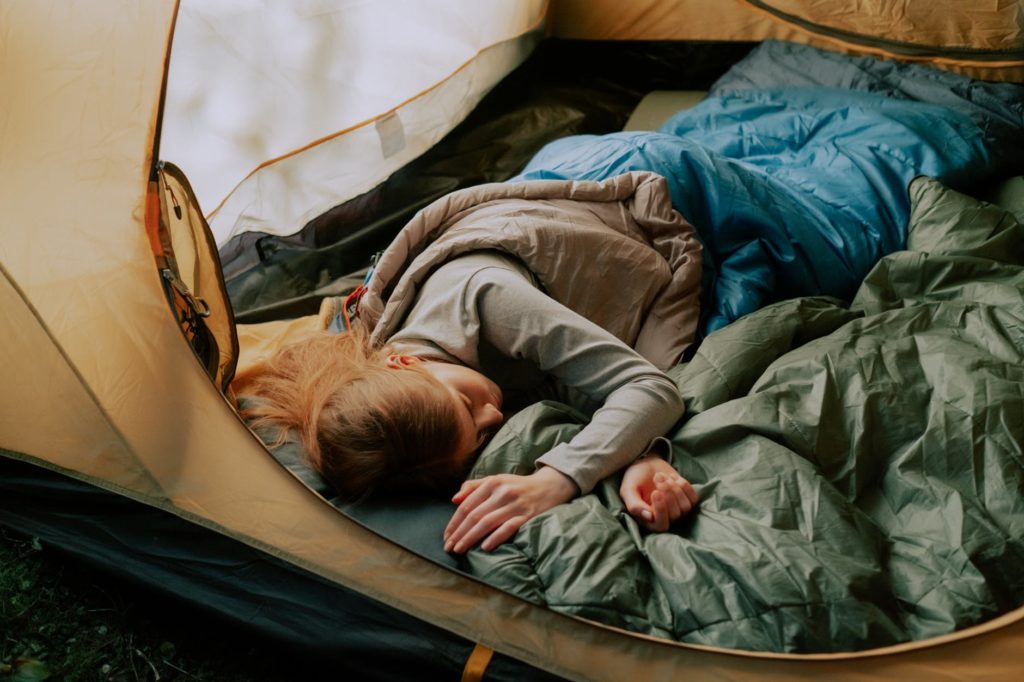

Extra Features
It’s a big plus if your sleeping pad has snap buttons that enable it to attach to multiple sleeping pads for a wider sleeping area. You may even stack up two sleeping pads and securely snap them together to add extra insulation when winter camping. The KAMUI self-inflating sleeping pad has this feature, making it versatile as a single- or multiple-user sleeping pad in any season.
Other extra benefits of sleeping pads include anti-slip materials, repair kits, and pillows.
Camping Style
Each camping style calls for a different type of sleeping pad. You might need to choose a sleeping pad that matches the adventure you’re most engaged in. Nevertheless, many sleeping pads on the market, like the KAMUI self-inflating sleeping pad, can meet the rigors of sleeping outdoors. The most popular camping styles include car camping, backpacking, thru-hiking, winter camping, family camping, river camping, hammock camping, and many others.
Winter camping requires well-insulated sleeping pads with a high R-value. A sleep system with synthetic insulation prevents heat loss and ensures comfortable and sound sleep.


FAQ: Winter Sleeping Pad
What R-value of sleeping pad do you need for winter camping?
A higher R-value, around 5, is recommended for winter camping in lower temperatures. The place you plan camping, the climate, and the temperature all play important roles in choosing the right sleeping pad.
Do I need a sleeping pad for winter camping?
A sleeping pad is essential to keep you warm and insulated from the cold ground, especially when camping in winter. Experienced campers recommend sleeping pads with an R-value of 5 and above because they can handle sub-zero temperatures and help retain body heat. You don’t want to experience ground chill during winter camp outs, so choosing a pad with sufficient insulation and warmth is vital.
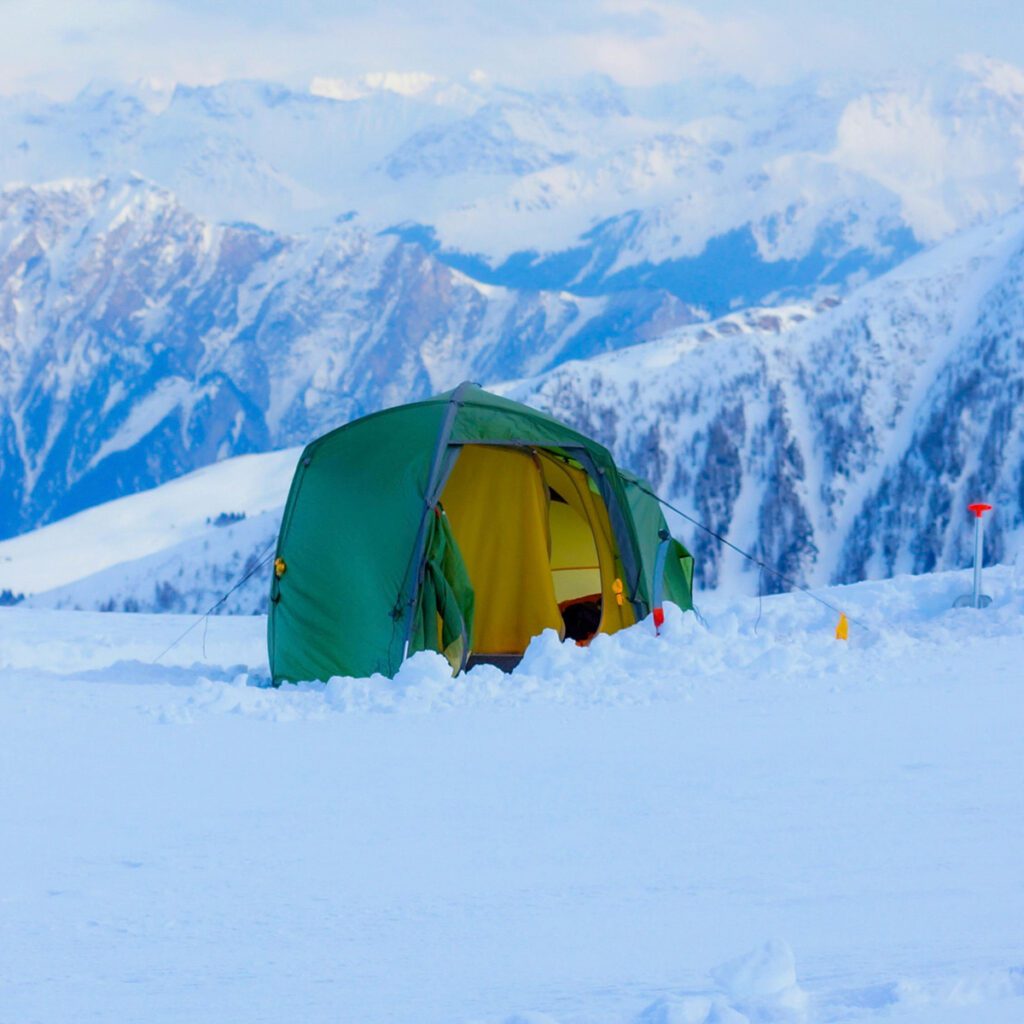

How Do I Increase the R-value on my Sleeping Pad?
The best way is to buy a good sleeping pad with an R-value adequate for winter camping. Another method is to combine two sleeping pads by stacking them up. This will double your sleeping pad’s R-value. Thus, if you stack two inflatable pads with an R-value of 4, you’ll get 8. If you have a closed-cell foam pad, you may put it under your sleeping pad to increase insulation and keep you warmer.
What Does R-value Mean for Sleeping Pads?
R-value measures a material’s capacity to resist heat flow. Our bodies lose heat to the cold ground beneath us, and we use pads with insulation or a high R-value to prevent this.
How Thick Should a Sleeping Pad Be?
The thickness of your foam pads depends on the type of camping you are planning and your personal sleeping preferences. If you want a stiff surface, find a closed-cell foam pad, but if you like cushioning, warmth, and comfort, choose self-inflating pads. If you prefer sleeping on the side, choose a thicker mat.


What Do You Sleep in During Winter Camping?
We strongly recommend having a sleeping pad with an R-value of 5 and above. This pad type offers excellent insulation and sleeping comfort during winter camping. The higher the R-value, the more insulation it provides. If you are not insulated from the cold ground, you’ll lose heat and might subject yourself to hypothermia.
Does a Sleeping Pad Keep You Warm?
Sleeping pads are designed to keep you warm and provide thermal insulation. Thankfully, many sleeping pads on the market are made of reflective materials intended to increase body warmth. Sleeping on a tent floor without a sleeping pad will lead to heat loss, especially when temperatures are cold.
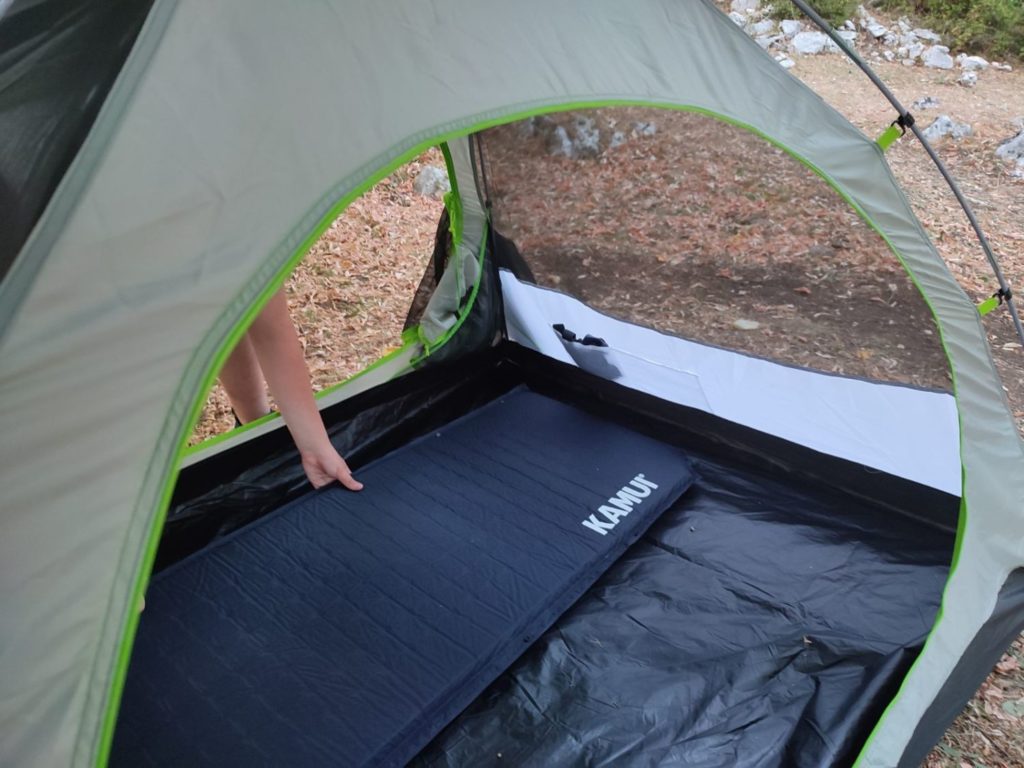

Conclusion
Our Choice is the KAMUI self-inflating sleeping pad. Its impressive R-value of 5.7 makes it the best camping mattress for winter camping. The foam and air core construction provides enough insulation and cushioning so you won’t feel the hard surface below you.
We hope our article helped you answer your sleeping pad questions. Choosing the right winter sleeping pad for your needs depends on your preferences.
KAMUI Self-Inflating Sleeping Pad
- Connectable with multiple sleeping pads
- 4-season sleeping pad
- Provides great back support
- Comes with a storage bag
